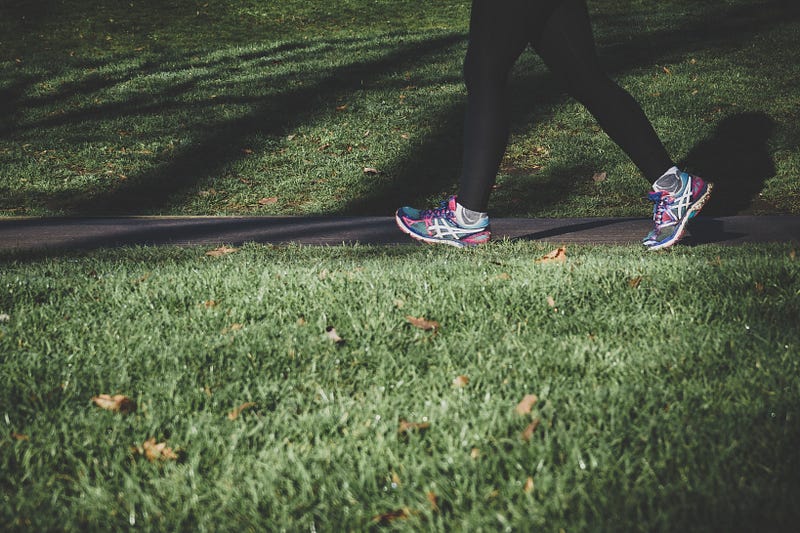Health-The Digestive Power of an After-Dinner Walk
Health-The Digestive Power of an After-Dinner Walk

Going on a walk after eating does so much for your body, including boosting your metabolism, aiding digestion, and lowering stress levels. “There are a lot of benefits to walking after eating or post-prandial exercise,” .”It lowers glycemic index significantly, improves your intestinal movement, promotes better sleep, and boosts your blood flow.”
The perks of walking after eating, according to sports scientists
Walking after eating improves digestion when you finish eating your body gets to work breaking down the food and absorbing the nutrients. “Proteins, electrolytes, water, vitamins, carbohydrates, and other nutrients are absorbed and transported through your body to wherever they’re needed,” says Delgado. Walking supports this process by speeding up the process by which your food is broken down and used, he says. This leads to faster digestion and reduced bloating. So by moving your body, you’re helping things move within your body as you process the food you just ate, which he says is especially helpful if you tend to get sluggish after a meal.
- It supports blood sugar regulation
“After eating, food must be broken down into forms of energy for the body to use,” explains Dr. Feit. As ten minutes of post-dinner walking can improve blood glucose levels compared to other times during the day, according to the American Diabetes Association. This can support efforts to reduce your risk for insulin insensitivity or metabolic conditions like type II diabetes. He adds that walking can prevent a “glucose spike” which prevents a sugar crash later on.
- Promotes those good-mood hormones
You don’t have to run 10 miles at a 7-mile pace to get some endorphins flowing, walking can also produce this good-mood-inducing hormone, according to the Mayo Clinic. An after-dinner stroll can also release serotonin, according to Delgado, which is a neurotransmitter that promotes good sleep, helps regulate appetite, improves learning and memory, and increases positive feelings,” says Delgado.
- Utilizes stored energy
“Casual or brisk walking after each meal is a great way of increasing your level of non-exercise activity thermogenesis,” says Dr. Feit. “This term refers to the energy expended for everything we do that’s not sleeping, eating, or working out.” This is great for fullness after a large meal if you want to feel less full — faster. Remember, though, you never have to walk or work out to “make up” for a meal, because eating is important for your health and exercise does not have to be a punishment or currency.
- Boosts blood flow
When you’re walking, you’re letting your body pump more blood throughout it — which is especially beneficial after a meal. “Another important benefit of walking is better blood flow, which is essential for muscles,” says Delgado. “It induces blood flow to the limbs and organs, and better circulation due to movement will result in a healthier vascular system that will transport the nutrients necessary to bones, muscles, and organs to work more efficiently.”
- Improves sleep quality
While you might be tempted to curl up and fall asleep after a big meal (I feel you), a short walk will allow you to have a better sleep. “Walking after eating promotes a faster and deeper sleep, as serotonin is a precursor to melatonin,” says Delgado. So taking the time to clock some steps before hitting the hay will pay off in the long run when you go to bed.
That’s honestly a pretty long list of benefits. Aside from these awesome physiological boosting pluses, steps are steps, so this walk can be a great way to get in your 10,000 steps if you’re looking for more ways to close your rings or feel that little buzz in your smartwatch. Sometimes incorporating fitness into your routine in ways that feel like a small treat, or no big deal is a great way to trick your mind into getting way more steps than say a planned-out intense run.

Comments
Post a Comment